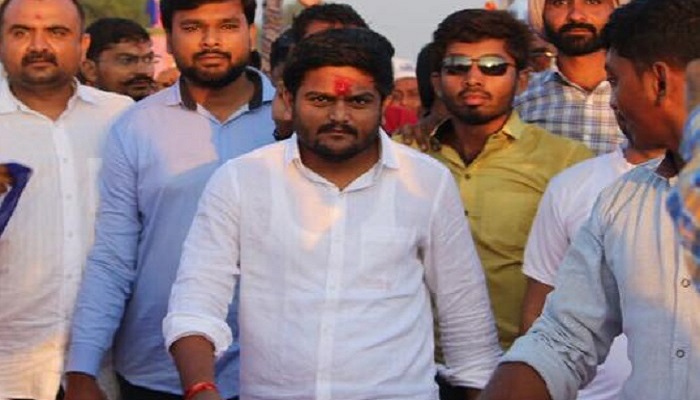
With the BJP in power in the state and at the Centre, the party is focused on addressing the banking sector’s concerns after the demonetisation heartburn. Of the 7% interest rate that banks charge for farmers’ loans, the central and state governments contribute 2% each. The farmer, in effect, pays back only 3% interest.
“Often it takes two years for the 2% to come from the central government. In the wake of this, the state government has decided to set up a corpus of Rs 200 crore to meet the demands of DCBs. This will help us have enough liquidity,” says Mahesh Patel.
Like Patel, UCB Federation chairman Jyotindra Mehta, too, rules out that demonetisation will be an issue in the forthcoming assembly elections.
The impact of demonetisation was felt across sectors last year but the rural economy probably suffered the longest in Gujarat owing to its over-dependence on the cooperative banking system.

It was only in this June that district cooperative banks (DCBs) were allowed by the finance ministry to deposit the banned currency notes lying with them since the November 8 demonetisation.
What crippled the functioning of DCBs further was the RBI’s decision to bar these banks from receiving and exchanging banned Rs 500 and Rs 1,000 notes within five days of the demonetisation announcement.
Concerns that these banks being politically connected might be used for money laundering had led the central bank to impose the ban.
The decision hit the state hard as DCBs play a major role in its economy, particularly the rural one. Almost 20% of the state’s over six crore population is connected to these banks.
As Gujarat goes to polls by this year-end, the vast network of rural and urban cooperative banks and their lakhs of customers will count as a crucial vote bank for the political parties to tap into.
About one crore farmers associated with dairy and agriculture cooperatives and village-based credit societies are connected with 18 district cooperative banks. Plus the urban cooperative banks (UCBs) have around one crore customers.
The Patidar quota agitation, which has been raging in Gujarat for two years, has fuelled Patel power in electoral politics. The Congress has fielded 20% more Patidar candidates this year in the first phase of the polls — compared to the previous election — in a desperate attempt to tap into anger in the community whipped by the quota agitation. At the same time, an equally jittery BJP has allotted 3% more seats to Patidars, who have traditionally been loyal to the party. In fact, the BJP has more Patel candidates (28) than the Congress (25) in the first phase of the polls.
In 2012 assembly elections, the Congress fielded 21 Patidars (24% of phase-1 candidates) in Saurashtra and south Gujarat. For the same regions in 2017, the party has given mandate to 25 Patidars (30%) for the first phase.
In the case of the BJP, it had nominated 27 Patidars (30%) in the first phase of 2012 elections, for the regions in question. For the December battle, the party has fielded 28 Patidar candidates (31%). In the first phase, elections are held for 89 seats, of which 21 fall in the reserved SC/ST categories.
53 Patels in first phase alone; 48 were in fray in 2012
Political experts say Patidars dominate constituencies such as Rajkot West, Amreli, Dhari, Morbi, Varachcha Road, Dhoraji, Visavadar, and Botad. These are expected to turn into electoral war-zones for tough Patel vs Patel battles. Another interesting fact is that in 2012 elections, of the nine Patidar candidates of the BJP — who were pitched against candidates of other communities — eight had won. The same year, the Congress had pitched three Patidar candidates against rivals from other communities; but only one Congress contender won.
In 2012, while both parties together had fielded 48 Patidar candidates, in 2017, the number has increased to 53 for the first phase alone. In 2012, there were 18 constituencies where both the BJP and the Congress had put up Patidar candidates; this year, the number is 20.
Himanshu Patel, the spokesperson for the Congress said, “The Congress gives fair representation to the Patidar community considering its aspirations. This time I feel nearly 80% of the community is with us. These numbers will increase for the second phase of the polls.”
Bharat Pandya, the BJP spokesperson, said: “For the BJP, Patidars are like any other community. Our deputy CM, 10 ministers including parliamentary secretaries, 2 Union ministers, and our state party president are from the Patidar community.”
He said the BJP considers candidates’ winnability. “Patidars understand the Congress’ caste game well, so even if the Congress gives many seats to the community, the BJP will not be affected.”

Post Your Comments